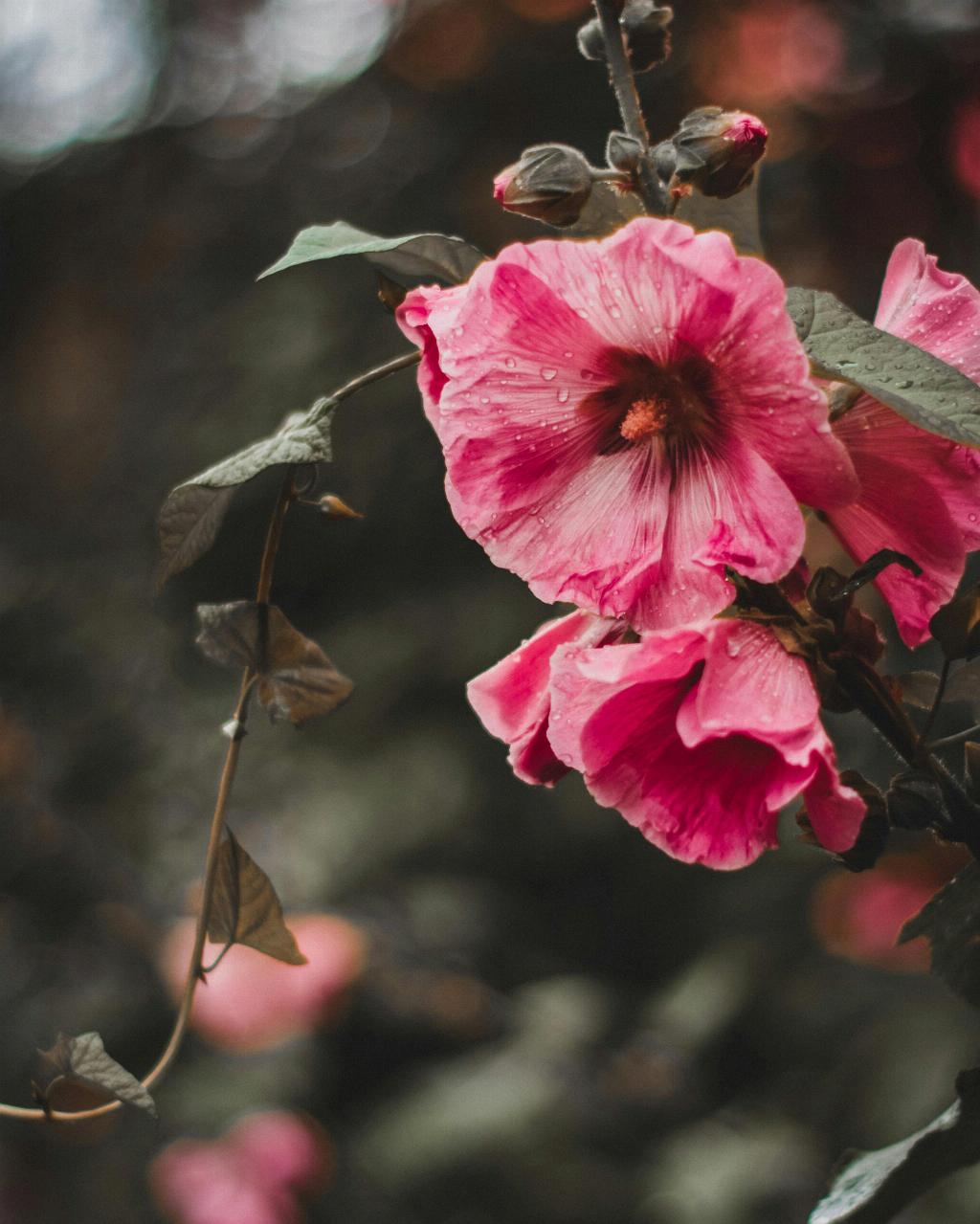As the colder months approach, it’s essential to start preparing your hibiscus plants for winter. Unlike some plants that go dormant during winter, hibiscus plants still require some care to survive the chilly temperatures. One crucial aspect to consider is finding a frost-free place to store your hibiscus during winter.
Choosing the Right Storage Location
When selecting a location to store your hibiscus during winter, opt for a spot that remains frost-free. Hibiscus plants do not fully go dormant, so they still need some water even when the soil dries out. Additionally, a warmer storage area is preferred, as it provides better conditions for the plant to thrive.
Providing Adequate Lighting
Although hibiscus plants can tolerate lower light conditions during winter, they still require some light to survive. If the storage area lacks natural light, consider using fluorescent bulbs to provide the necessary light for your hibiscus plants.
Monitoring Watering Needs
During winter, hibiscus plants may not require frequent watering as they do in the warmer months. However, it’s crucial to monitor the soil moisture levels and provide water when the top layer of soil feels dry. Avoid overwatering, as this can lead to root rot.
Protecting from Drafts
When storing your hibiscus plants indoors during winter, ensure that they are protected from drafts. Drafts can cause stress to the plants and may result in problems such as leaf drop. Position the plants away from drafty windows or doors to prevent this issue.
Pruning and Maintenance
Before winter arrives, consider pruning your hibiscus plants to remove any damaged or overgrown branches. This not only helps maintain the plant’s shape but also promotes healthy growth once spring arrives. Additionally, inspect the plants for any pests or diseases and take necessary measures to address them.
Monitoring Temperature Conditions
While hibiscus plants can tolerate cooler temperatures, it’s essential to avoid exposing them to freezing conditions. Keep an eye on the temperature in the storage area and make adjustments as needed to ensure the plants remain safe from frost.
Adjusting Watering Frequency
As the temperature drops during winter, hibiscus plants may require less frequent watering. Be mindful of the plant’s watering needs and adjust the frequency based on the moisture levels in the soil. It’s better to underwater than overwater during this period.
Applying Fertilizer Sparingly
During winter, hibiscus plants are not actively growing, so they do not need as much fertilizer as they do in the growing season. If you choose to fertilize your hibiscus during winter, do so sparingly to prevent nutrient imbalances that could harm the plants.
Inspecting for Signs of Stress
Throughout the winter months, regularly inspect your hibiscus plants for any signs of stress. This includes yellowing leaves, drooping branches, or pest infestations. Address any issues promptly to ensure the health and vitality of your hibiscus plants.
Preparing for Spring Return
As winter comes to an end, start preparing your hibiscus plants for their return to outdoor living. Gradually acclimate them to outdoor conditions by exposing them to more sunlight and increasing their water and fertilizer intake. This helps prevent shock and ensures a smooth transition back to the garden.
Final Thoughts
By following these tips and providing proper care, you can successfully save your hibiscus plants during winter. Remember to monitor their watering needs, provide adequate lighting, and protect them from drafts. With a little attention to detail, your hibiscus plants can thrive year-round.

